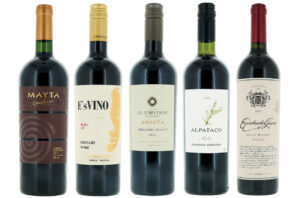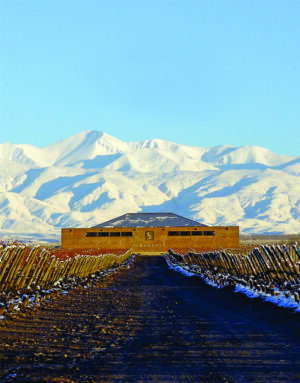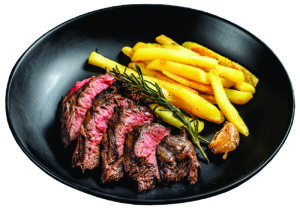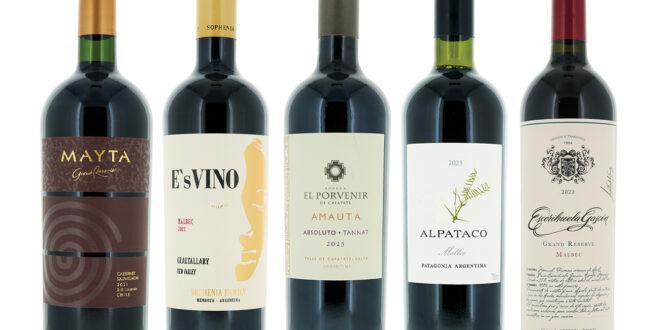[ad_1] 
Peter Richards MW, Ben Gubbins and Andrew Johnson tasted 137 wines, with 4 Outstanding and 26 Highly Recommended
Value South American reds: Panel tasting scores
137 wines tasted
Exceptional 0
Outstanding 4
Highly recommended 26
Recommended 92
Commended 15
Entry criteria: producers and UK agents were invited to submit their still, dry red wines from any region and classification in South America with a maximum retail price of £17/US$22
Sweeping generalisations are risky in a smorgasbord tasting, but after appraising 137 wines, the overall feeling among the judges was positive.
With more than 20% of the wines scoring 90 points or more, four Outstanding wines and 89% of the wines Recommended or higher, there’s clearly real value to be found in South American reds.
Chile delivered most (69) of the entries and also many of the highlights. As Ben Gubbins said: ‘At a price point where Chile has been pilloried for being identikit and boring, these wines were anything but. Within each variety, there was real diversity between regions, which was impressive.’
Pinot Noir and Syrah were highlights, especially those from coastal and southerly regions, which offered fresher, elegant styles.
‘Syrah was a real standout,’ commented Andrew Johnson, ‘and I liked the purity of many of the Pinots, which over-delivered for this price category. The future looks bright.’
Chilean Carmenère turned in a solid, if hardly thrilling performance and it was a similar story with the Cabernets, save for a couple of exceptional wines that allied perfume and structure with drinkability.

Divergent paths
For Johnson, too many Chilean Cabernets were ‘chunky and blocky’. Fresher styles of Carignan, Garnacha, Malbec and Cinsault impressed, though.
Gubbins identified two divergent streams of Argentine Malbec: ‘One was extracted and surprisingly tannic, the other was balanced, well crafted and intriguing.’
The best expressions delivered captivating aromatic complexity (floral, peppery, brooding fruit) with deft integration on the palate. These wines were, to quote Johnson, ‘beautiful’.
Uruguay sported modest numbers and results, the best a creditable Marselan and some characterful Tannat, for which Gubbins identified some ‘smart winemaking’.
Overall, there was much here not just to like, but also to excite. Winemakers managed to deliver characterful, charming wines at these prices, and the judges urged more of the same, singling out regions such as Patagonia and Itata.
‘Really promising,’ summed up Johnson.
What to eat with South American reds, by Fiona Beckett

This tasting covered a wide range of grape varieties and styles, so it’s hard to generalise in terms of food pairings, but there’s a common thread in the wines, which is bright, upfront fruit.
In food terms, that means they can handle bold flavours, a fair bit of spice and cuisines and styles of cooking where several dishes are served at the same time – at a barbecue, for instance.
There are, of course, characteristics of each type of wine that will lead you towards particular ingredients and types of dishes. For example, it’s hard to go wrong serving Pinot Noir with duck or – lightly chilled – with grilled salmon or tuna; Cabernet is a classic for a good burger or grilled portobello mushrooms; and Malbec is an obvious contender for steak and chips.
Or maybe break new ground with Carmenère and a lamb curry, especially if it includes coriander.
Value South American reds panel tasting results
Wines were tasted blind
{}
{“wineId”:”93835″,”displayCase”:”standard”,”paywall”:true}
{“wineId”:”93836″,”displayCase”:”standard”,”paywall”:true}
{“wineId”:”93837″,”displayCase”:”standard”,”paywall”:true}
…
[ad_2]Source : https://www.decanter.com/premium/value-south-american-reds-panel-tasting-results-553205/



